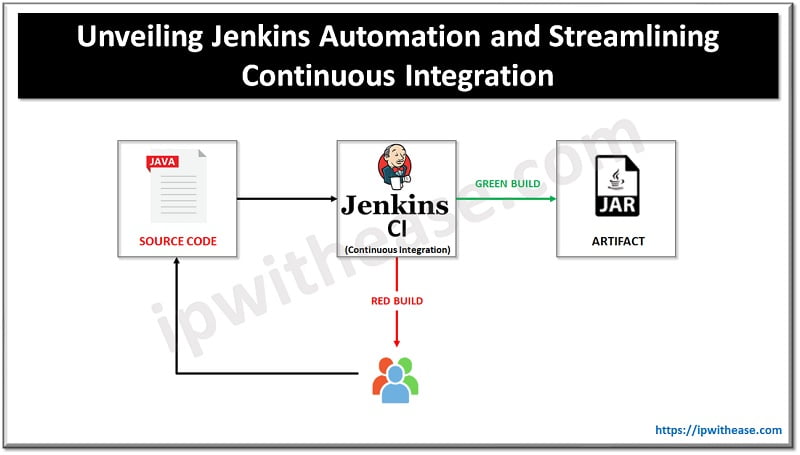As of the last update in September 2021, Golang is not as widely used for building AI and machine learning applications compared to other languages like Python or R. But in early 2022, the popularity and usage of Go for Machine learning rapidly increased as it was suitable for certain aspects of AI and ML development.
Well, Golang has some tools and libraries that make it easy to build machine-learning applications, the involvement of Golang in AI, and ML applications plays a significant role in its different approaches.
Reasons to consider Golang for ML Apps
Here are some reasons why Golang might be considered for building machine learning as well as artificial intelligence applications:
Performance
One of Golang’s most important benefits is its performance. Go delivers quicker execution times than interpreted languages like Python because it is a compiled language. For computationally demanding Ml and AI activities involving massive datasets, intricate algorithms, or real-time processing, this speed gain is essential. Golang’s speed can be advantageous for high-performance AI applications like real-time image or speech recognition since it enables quicker inference times and more effective use of computational resources.
Concurrency
Concurrency is a feature of Golang that allows developers to write concurrent and parallel code easily, making it well-suited for Go for machine learning applications that need to handle multiple tasks at once. For example, data preprocessing, feature extraction, and model training can be parallelized to take advantage of multi-core processors efficiently, which can significantly speed up AI pipelines and improve overall performance.
Scalability
Golang is a great language for creating ML applications that need to handle numerous concurrent requests or analyze enormous datasets because of its design, which places a heavy emphasis on scalability. Golang’s effective handling of concurrent operations develops into a useful advantage when AI and ML applications expand and need to scale horizontally. It enables AI systems to be reliable and responsive, even when faced with a lot of work.
Deployment
ML and AI applications created in Golang can be deployed without the need for an additional runtime or interpreter because Golang compiles to standalone binaries. This trait makes deployment easier and guarantees that the environment for the deployed application doesn’t change. This is especially helpful in working contexts where deployment difficulties might be a major worry.
Error Handling
The error handling system in Golang is distinctive and makes use of explicit error return values. It is made simpler for developers to comprehend and manage problems in ML and AI systems due to this feature, which encourages clear and explicit error handling. Other languages, such as Python, on the other hand, frequently rely on exceptions, which, if not handled properly, can occasionally result in unexpected behaviour.
Speed and performance
Go for Machine learning and AI is compiled languages, which means that it is converted to machine code before they are executed. This makes Golang programs very fast, which is important for machine learning applications requiring much computation.
Language Design
Golang was designed with simplicity and readability in mind. Its clean structure and concise syntax make code easier to handle, which is particularly useful when working with sizable ML and AI codebases. The language’s focus on readability also lessens the possibility of introducing errors and makes it simpler for engineers working on AI projects to collaborate.
Community and Libraries
The Golang community actively contributes to developing libraries and frameworks that facilitate AI and ML development. Libraries like Gonum, Gorgonia, and Golearn provide crucial tools for tasks like numerical computing, deep learning, and data manipulation.
Interoperability
Golang’s built-in support for invoking C code via cgo provides a smooth interaction with current C or C++-based AI libraries. The abundance of established C/C++ libraries can be utilized by AI developers in their Golang applications. You can hire Golang developer to create effective AI and ML solutions by fusing Golang’s concurrency characteristics with the performance advantages of C/C++ libraries.
In conclusion
Go for Machine learning is a strong contender for particular AI and ML development situations, even though it is still a relatively new player compared to Python in the AI and machine learning area. Golang is well-suited for high-speed systems, real-time processing, and projects that call for effective concurrency management because of its performance, concurrency support, scalability, and clean language architecture. Golang is projected to acquire more momentum as a language for developing AI and machine learning.
Continue Reading:
What is ChatGPT And How Can You Use It?
3 IT Trends Impacting Business
ABOUT THE AUTHOR
IPwithease is aimed at sharing knowledge across varied domains like Network, Security, Virtualization, Software, Wireless, etc.



